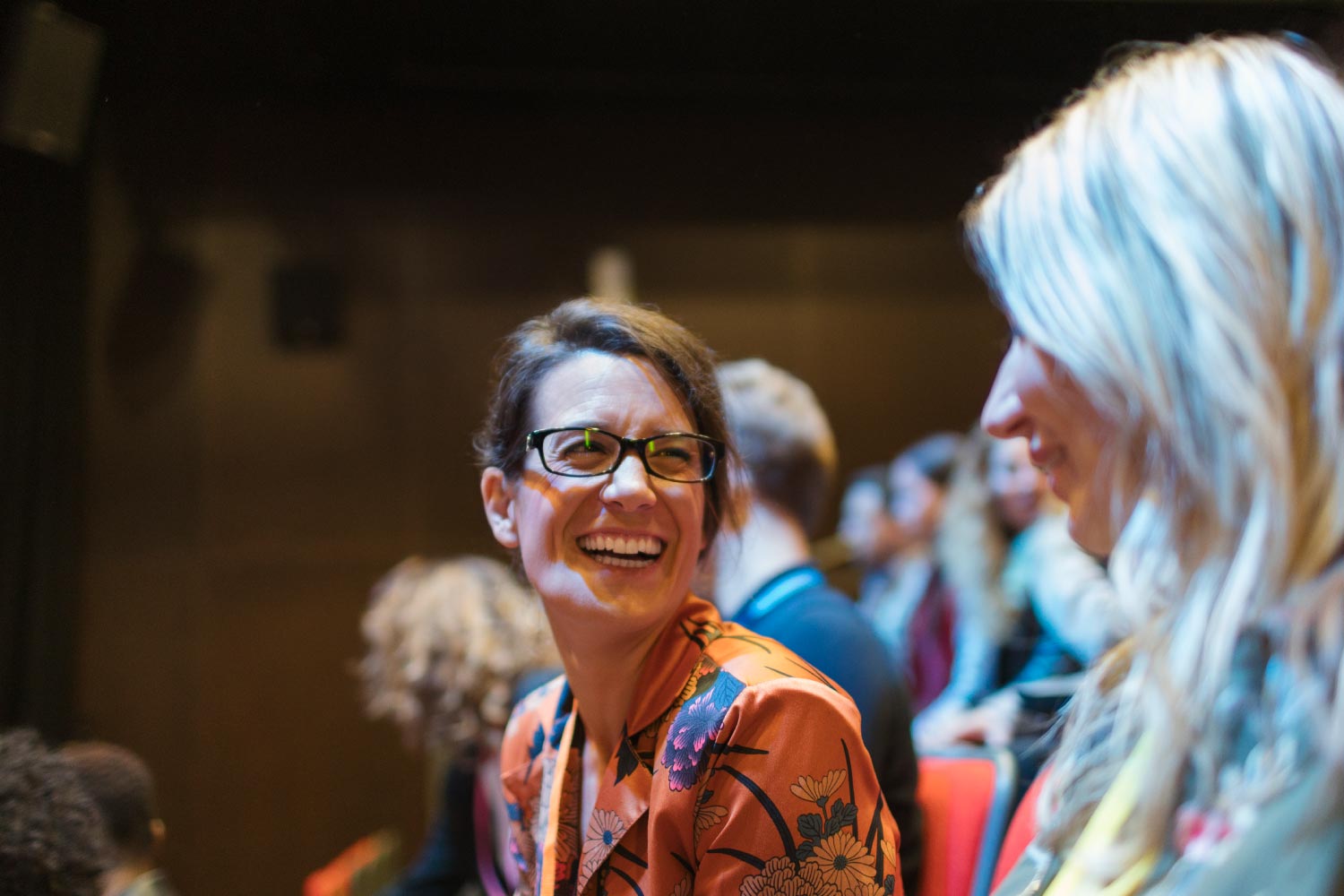The first decades of the twenty-first century stand witness to a dramatic change of the business landscape at an astonishing rate. Organisations operate in the context which is bringing unprecedented changes to societies and companies throughout the world. The multiple ramifications of digitalisation, and the accompanying acceleration and increased complexity of work activity, makes it urgent to revisit the assumptions and practices that have defined our ways of leading and coaching.
Teams are increasingly complex to coach but their performance is key if organisations are to adapt and cope effectively with new economic and workplace demands. We found that teams can more easily manage stress, more rapidly adapt to new situations, make better decisions faster, and be more impactful than individuals to develop sustainable performance.
However, team coaching is still relatively new in organisations. It is an emerging intervention process for which research and evidence-based literature have been limited compared to that of the executive coaching for individuals.
There have been various attempts to define team coaching. We like this proposed definition by Carr and Peters that highlights the systemic context within which teams operate. They describe the intervention as: “a comprehensive and systemic approach to support a team to maximise its collective talent and resources to effectively accomplish the work of the team”.
The team coaching approach we applied are grounded in a holistic, systemic perspective leveraging what is described as a total intelligence model. I developed such approach and model more than 10 years ago during my doctoral research at Oxford Brookes.
It suggests that we have five domains of intelligence to draw on when delivering a team coaching assignment – and that all are important, both in helping guide the team choices and decisions, and as ways to express its leadership:
- One is IQ– the domain of intellect and rationality – the “head”. This is what we ordinarily prioritise and value in the business context.
- The second is EQ– emotional intelligence – which increasingly is seen as core to leadership. Research consistently demonstrates that leaders and teams higher in emotional intelligence are more effective. Emotional intelligence includes awareness of and ability to regulate one’s own emotions, together with sensitivity to and ability to respond skilfully to other people’s emotions. It is a critical element for teams’ regulation and a deeper sense of inclusion and affiliation.
- The third is SoQ – social intelligence – which relates to and goes beyond emotional intelligence. It has to do with our ability to build community, lead through influence, network skilfully, and cooperate.
- The fourth is spiritual intelligence – SQ – which describes our connection to that which provides meaning in our lives. In the leadership context, this relates to the team’s purpose, core values and operating principles.
- Finally, there is PQ – physical intelligence – which usually has to do with managing one’s energy skilfully and being attuned to signals from one’s body and certainly the most ancient form of intelligence: the motor intelligence. We have to remember that we don’t move because we think, but we think because we move, as stated by Llinás. The body intelligence, or motricity intelligence, is the first one to be established and enables the others to emerge with more assurance. Modern neurosciences demonstrate that even cognition is the result of movement internalisation.
We call this the total intelligence model because, ideally, all these capabilities function together in us and consequently in a team, in an integrated way … By learning to access them, we can dramatically increase the ability of the different members of one team to connect and communicate with others, to access their intuition and to expand their choices about how to respond in different situations.
The total intelligence approach is completed by 3 principles we applied when designing any leadership team coaching engagement:
- The Principle of Diversity
The team cannot operate effectively without taking into account the specificity of each team member. Particular attention is provided to the process of individuation (awareness of each team member quality and worth as a person and as a professional) and individualisation (adaptation of the learning and development process to the specificities of each team member). The organisation and more importantly the team have to be a place for self-realisation. Awareness of one’s own individuality and of the group’s collective aptitude need to co-exist. - The Principle of Finality
Each team has a purpose and associated objectives. It is there to fulfill a need, provide a benefit, or accomplish meaningful goals. This purpose helps focus the energy of the team and generates positive tensions towards action to achieve the intended objectives. Meaning is a powerful driving force, especially when each team member can connect their own sense of purpose with team’s purpose. - The Principle of Uniqueness
The team is taken as a whole, as a living system, mobilised towards an ambition and some objectives. It has its leaders (formal and informal) as well as both tacit and explicit operating principles on how things are done. Similar to the human body and its nervous system, it is leveraging its own information system and internal coordination / regulation mechanisms in an integrated manner.
I would be delighted to share more with you about Companions for Leadership’s total intelligence approach. Please do not hesitate to reach out.
Here is one example of the feedback received from a corporate leader we supported:
“We lived a truly enriching experience at several levels: personal, collective, and managerial. Thanks to this unique methodology and continuous support, we really created our HR “Team One”. We learnt to speak a common language to operate at our best and be a high performing team with impact.
The Total Intelligence approach allowed us to get to know each other in depth, and then to calibrate and leverage our levers of collective efficiency. Knowing our respective profiles and deep motivation drivers also allowed us to evolve a more motivating, more fulfilling daily work environment. We experienced in this team coaching process real moments of connectedness and personal proximity, which later allowed us in situations of internal or external conflict to understand and sense each other and realign ourselves much faster for results.
We now dare to share our vulnerabilities to transform them into a team strength. As a result, we act with more transparency, we pay better attention to our respective well-being and operate out of a much more authentic leadership. There was really a before and after this collective work.
As a management committee, we all had already carried out in our career personality tests and psychometrics assessments. Here we went further and deeper, much faster. By listening and understanding our physical intelligence, some of us even found answers to questions about recurring behaviours that we had observed but not addressed effectively. It was a breakthrough for most of us.
The methodology was so powerful and groundbreaking that many of us would even have liked to offer it to our children.”
Cyril Legrand & Tom Hurley

Cyril Legrand
Partner & Leadership Companion, France






